ECB Executive Board member Benoit Coeure said in a speech yesterday that “the euro area economy has now enjoyed five years of uninterrupted growth”. And, GDP is “well above the levels we observed before the great financial crisis.”
He also pointed out that labor market has “improved notably” in recent years. Employment has risen by 9.2m since mid-2013. Unemployment rate dropped to 8.1% in August and hit the lowest level in 10years. Participation rate also rose 1.5 to 64% from a decade ago.
On inflation, Coeure added that “with stronger growth and rising employment, we also see a gradual build-up in price pressures”. Employee compensation have “finally started to recover” Also, he noted that as they are growing faster than the rate of inflation, many people are seeing their real incomes rising.
Overall, he said, it is fair to say that the euro area economy is in the best shape it has been in for many years.




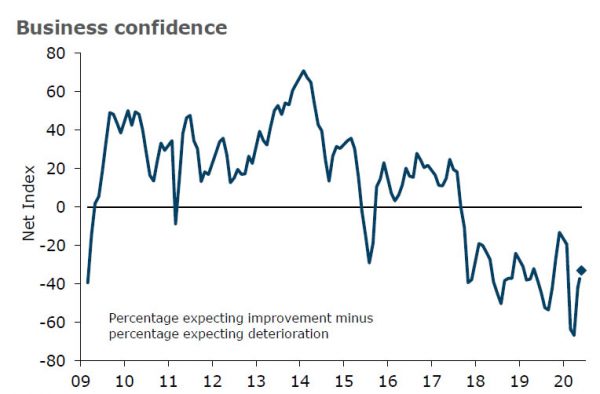
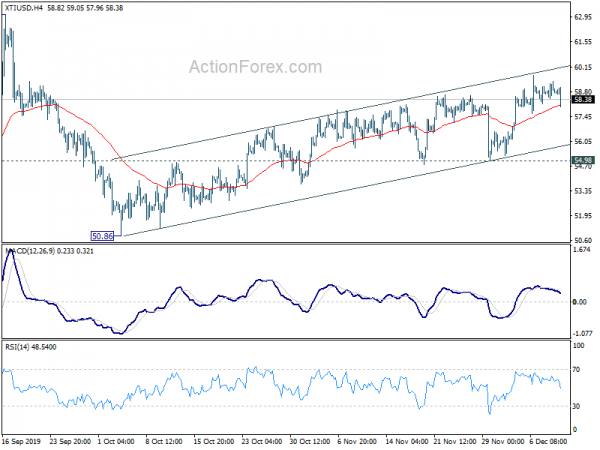
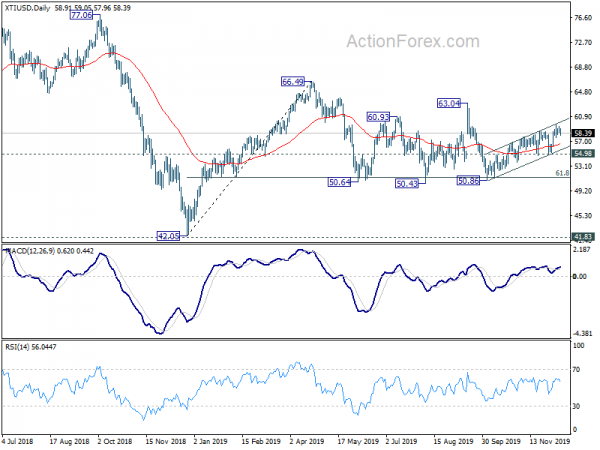
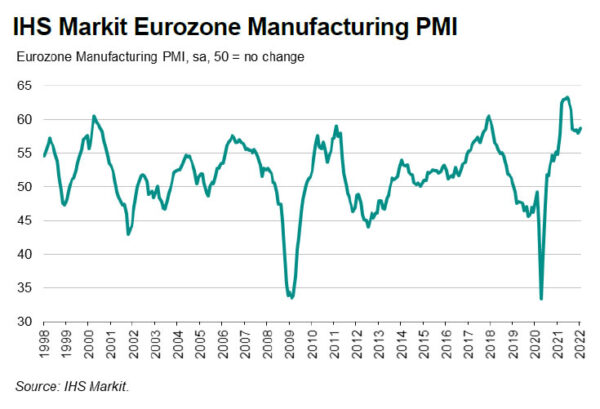
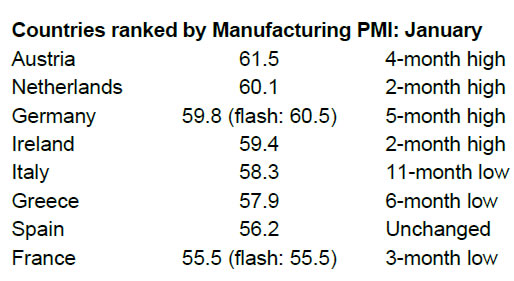
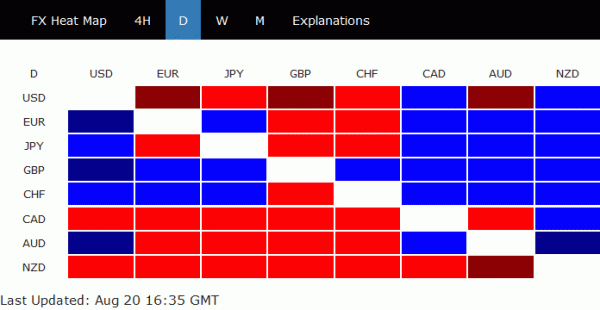
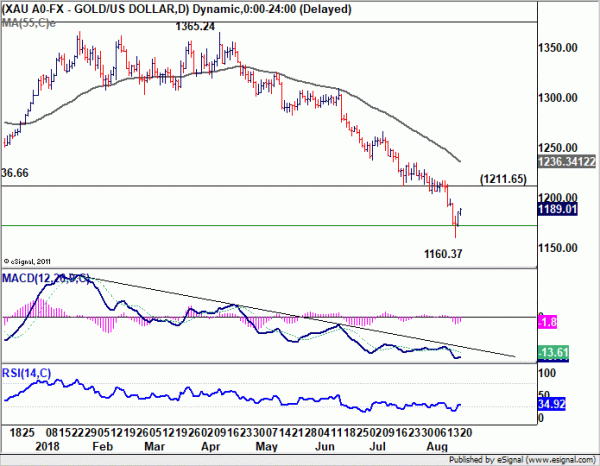
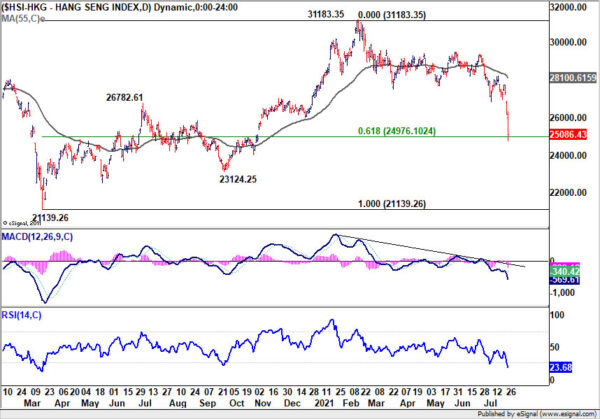
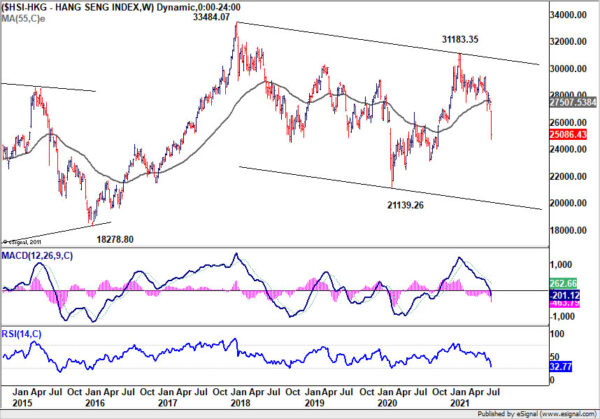
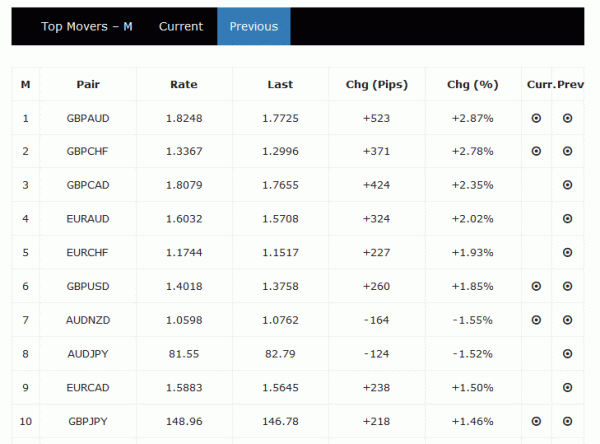
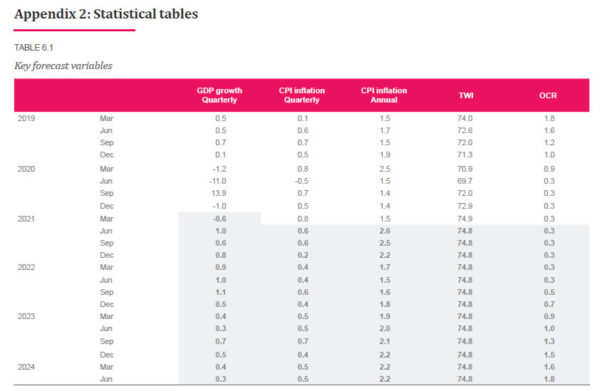
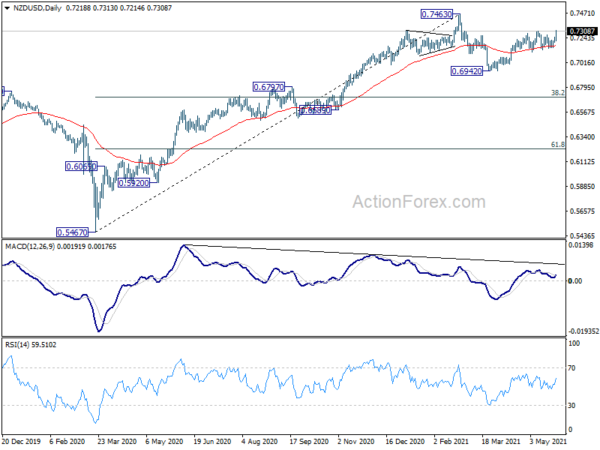
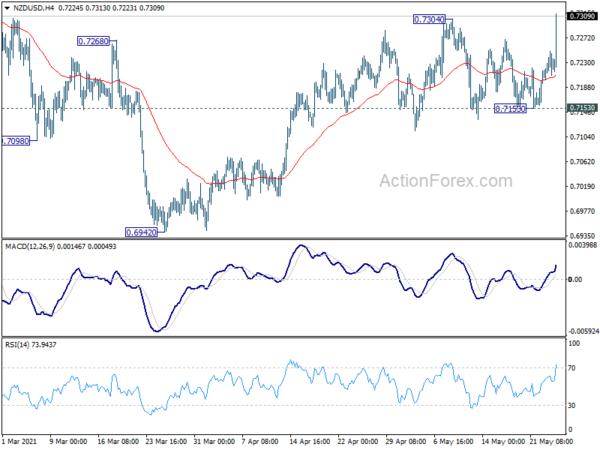
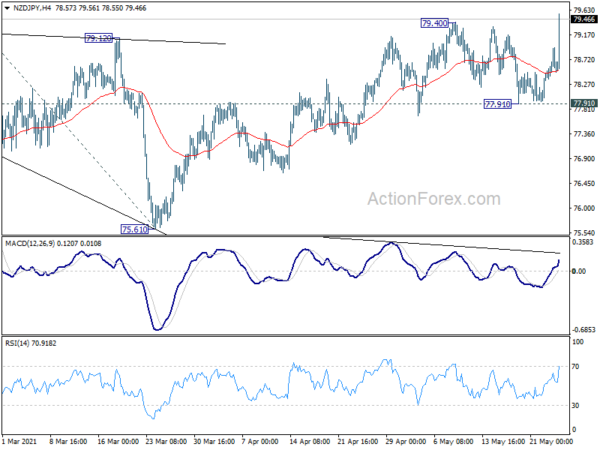
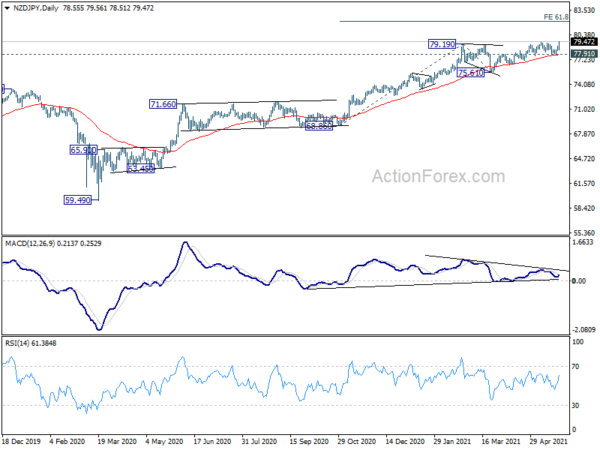
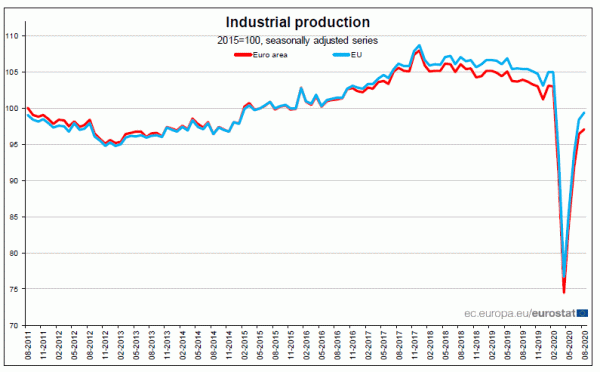

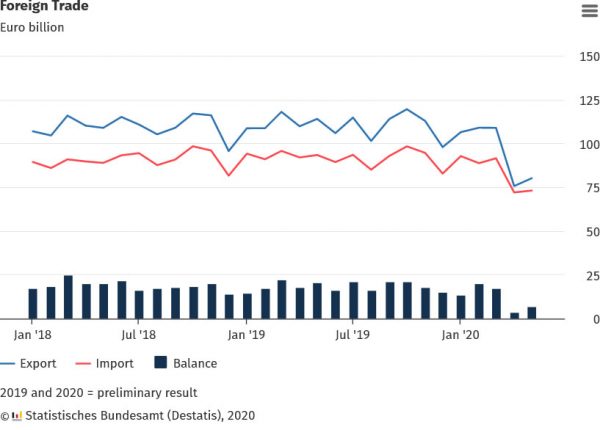

UK PMI composite fell to 46.0, heightened recession risk supports BoE pause
UK PMI Manufacturing sector had a slight uptick in September, moving from 43.0 to 44.2, surpassing expectations set at 43.0. Services PMI disappointed, recording a drop from 49.5 to 47.2, underperforming against the forecasted 49.0, marking a 32-month low. Consequently, PMI Composite followed suit, declining from 48.6 to 46.8, also registering a 32-month low.
Chris Williamson, Chief Business Economist at S&P Global Market Intelligence, stated, “The disappointing PMI survey results for September mean a recession is looking increasingly likely in the UK.”
The current PMI data aligns with a potential GDP contraction of over -0.4% on a quarterly basis. Williamson mentioned, “September’s downturn is the steepest since the height of the global financial crisis in early 2009 barring only the pandemic lockdown months.”
A significant point of apprehension in the inflation framework remains wage growth. However, with the survey indicating the most significant employment decline since 2009, wage negotiation leverage appears to be dwindling swiftly.
Williamson believes the unsettling indications of heightened recession risk coupled with diminishing inflationary pressures are likely to have “added to calls to halt rate hikes” by BoE.
Full UK PMI release here.